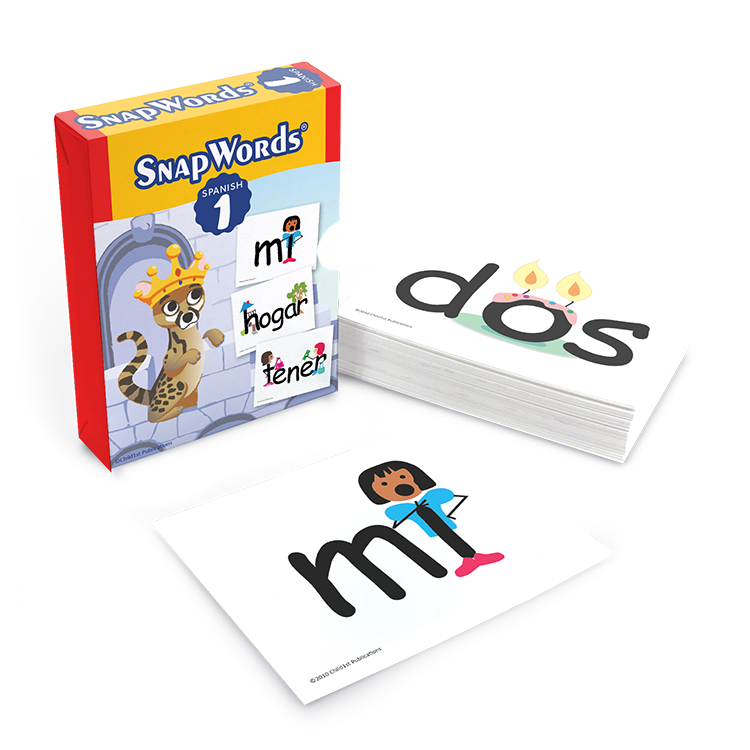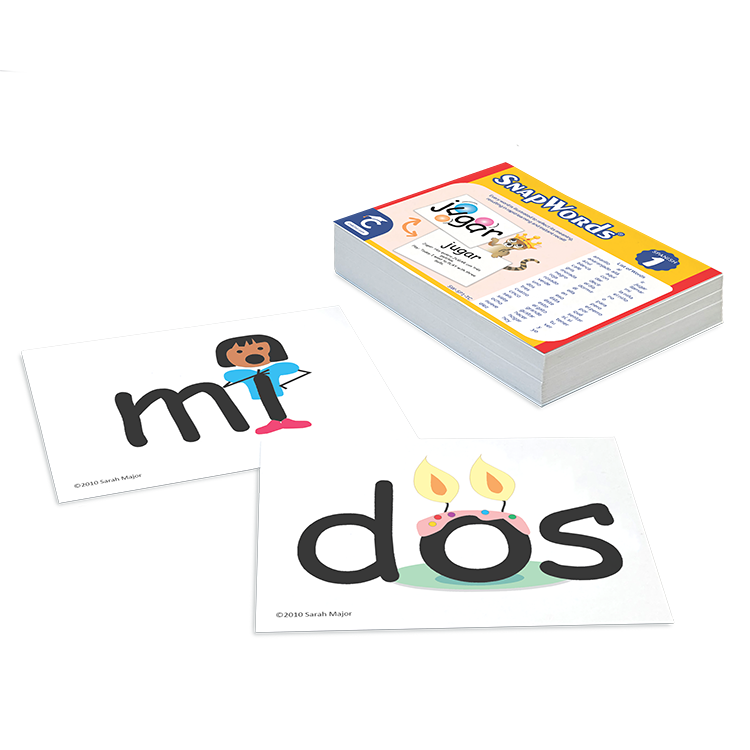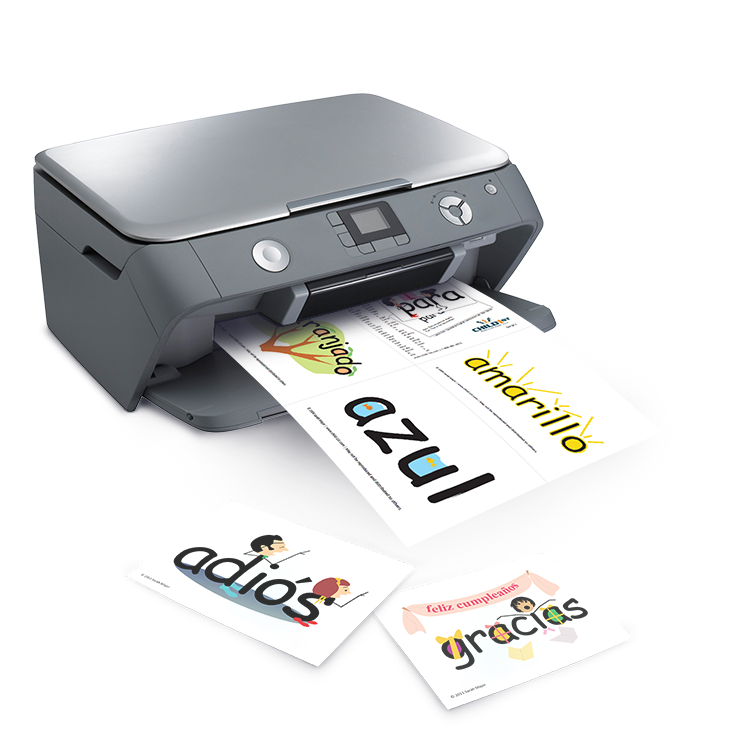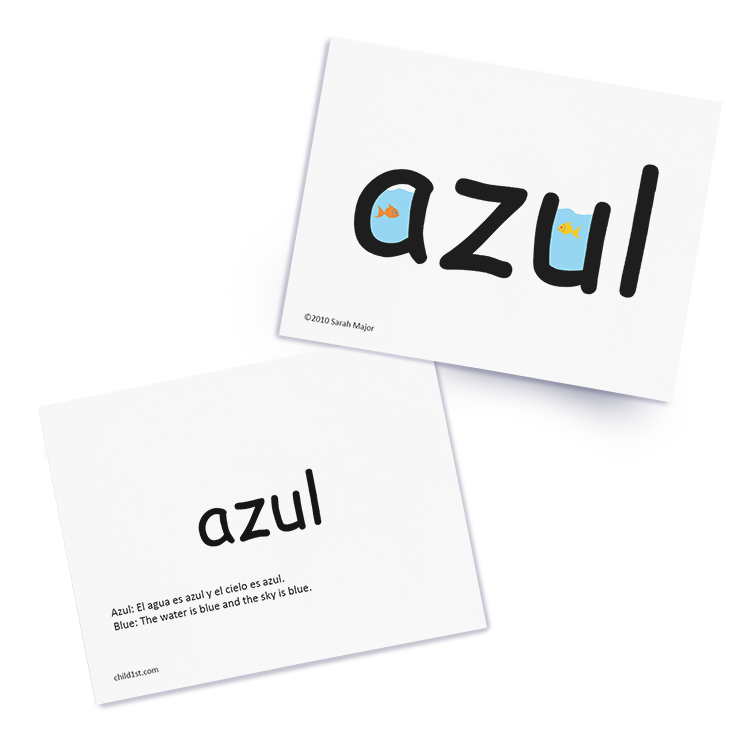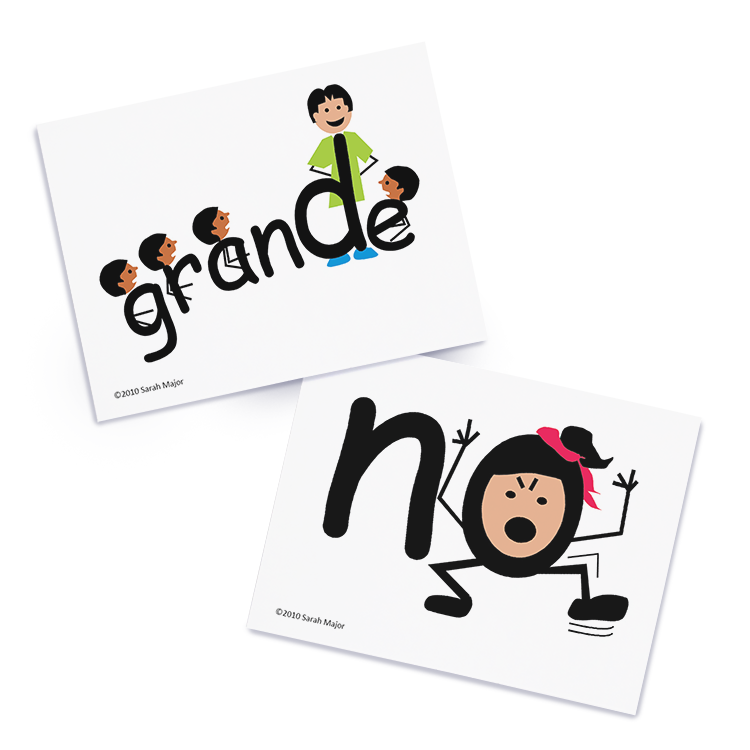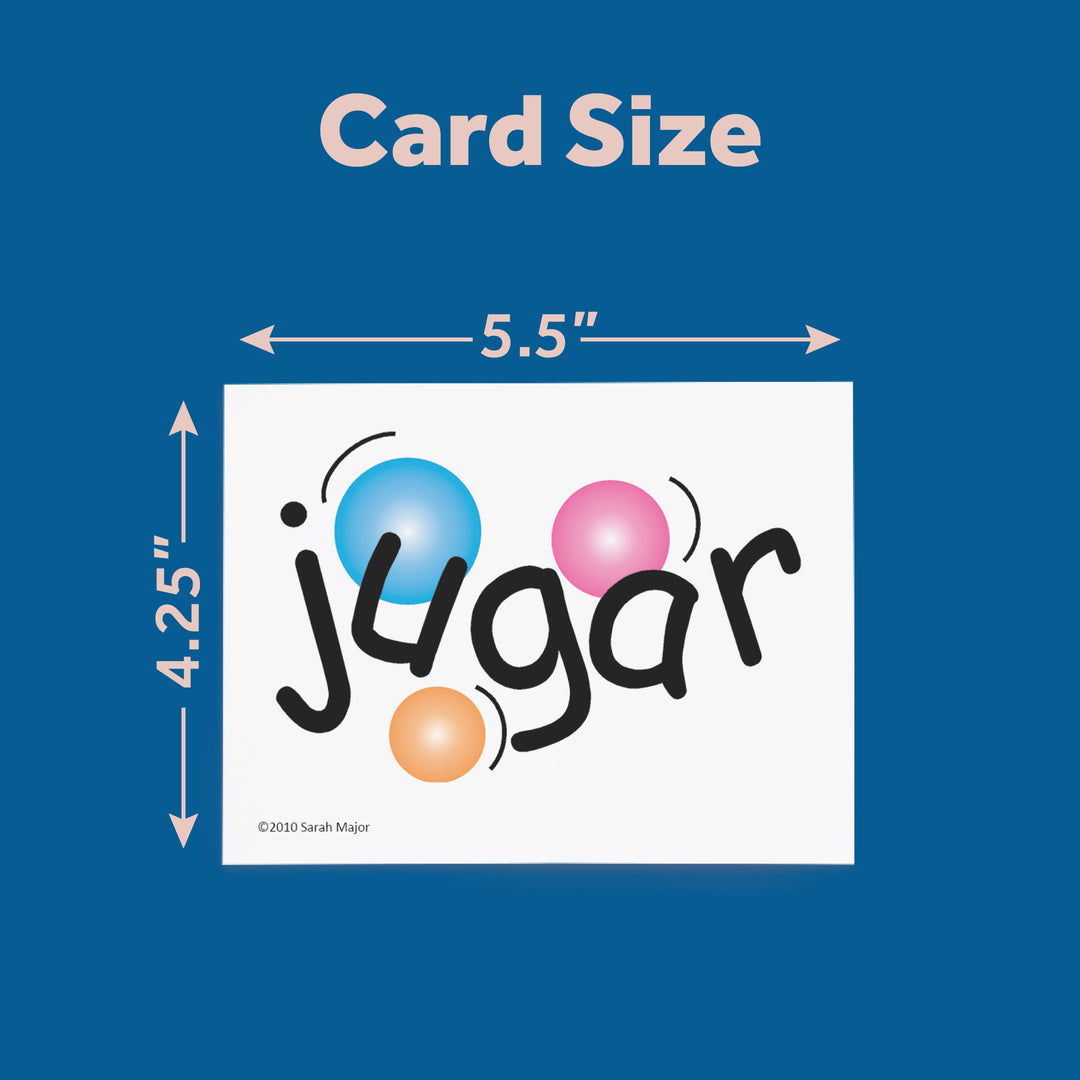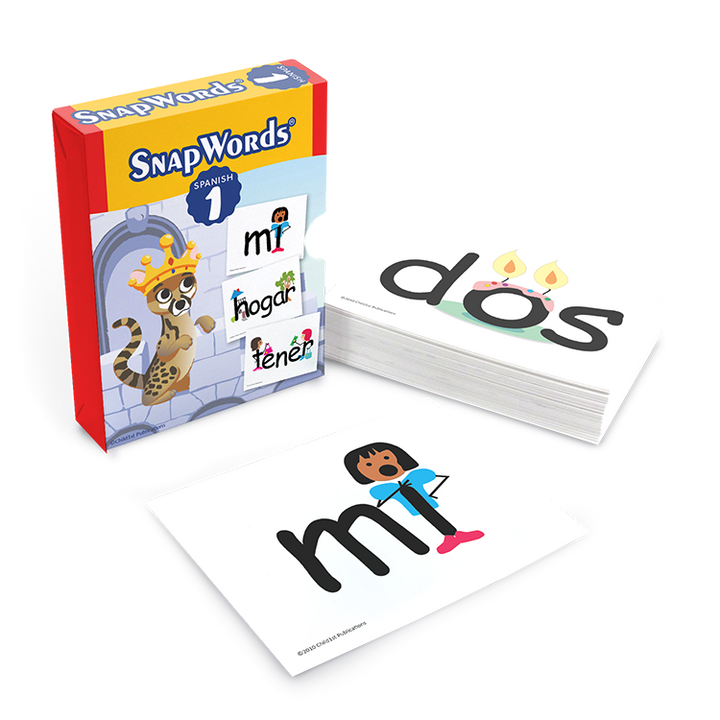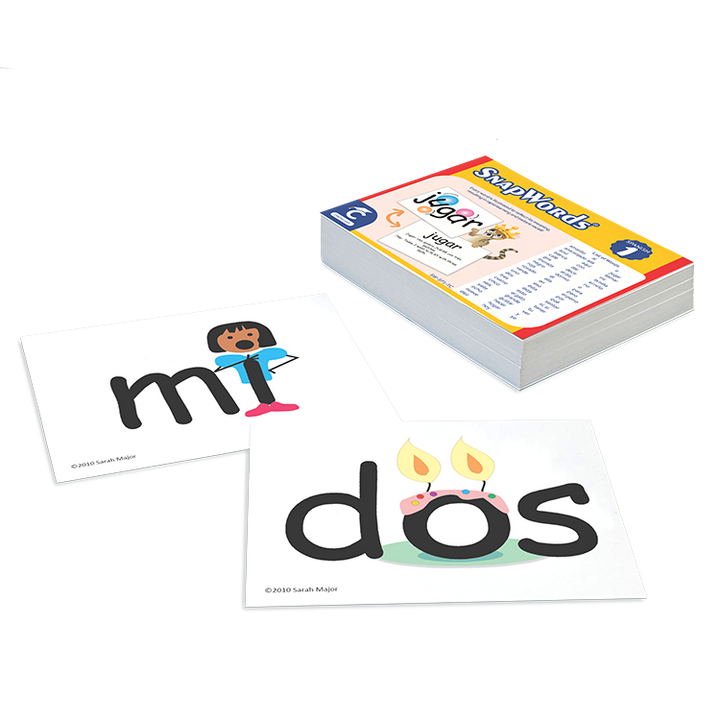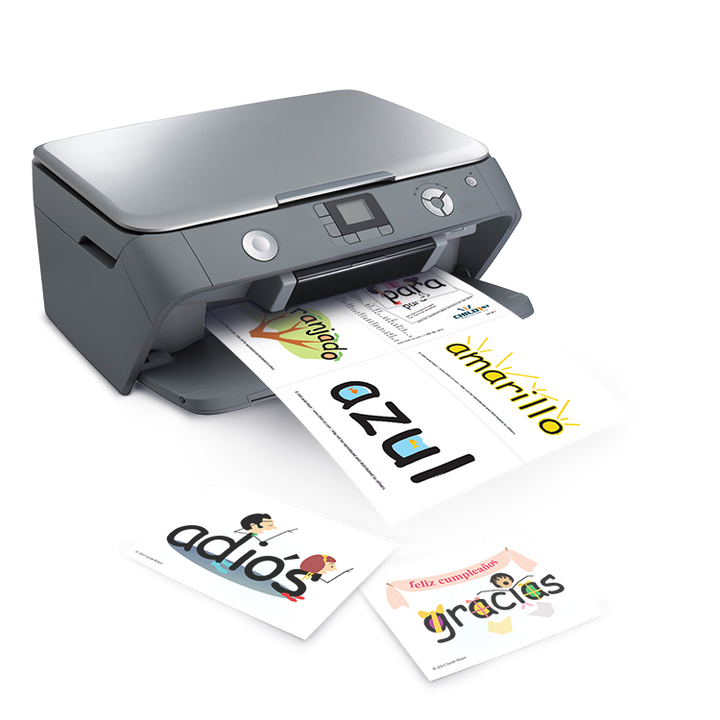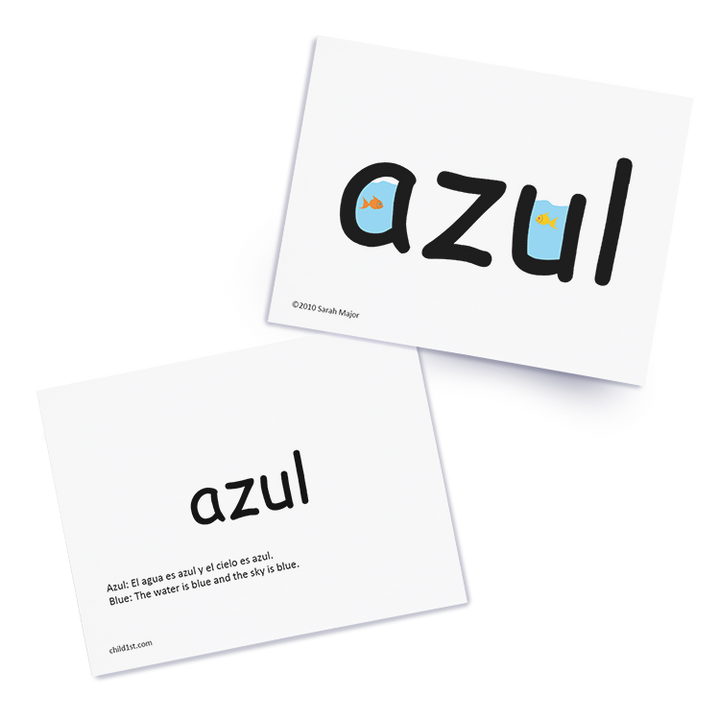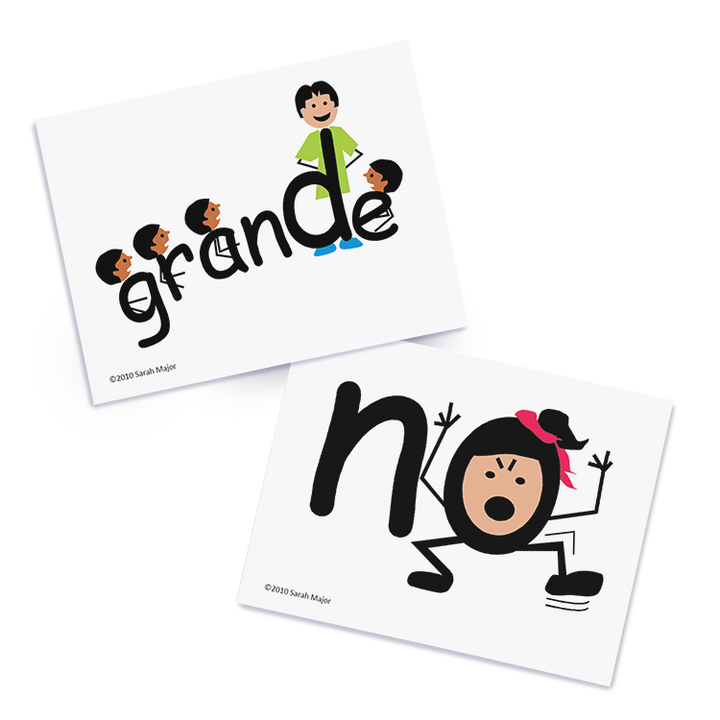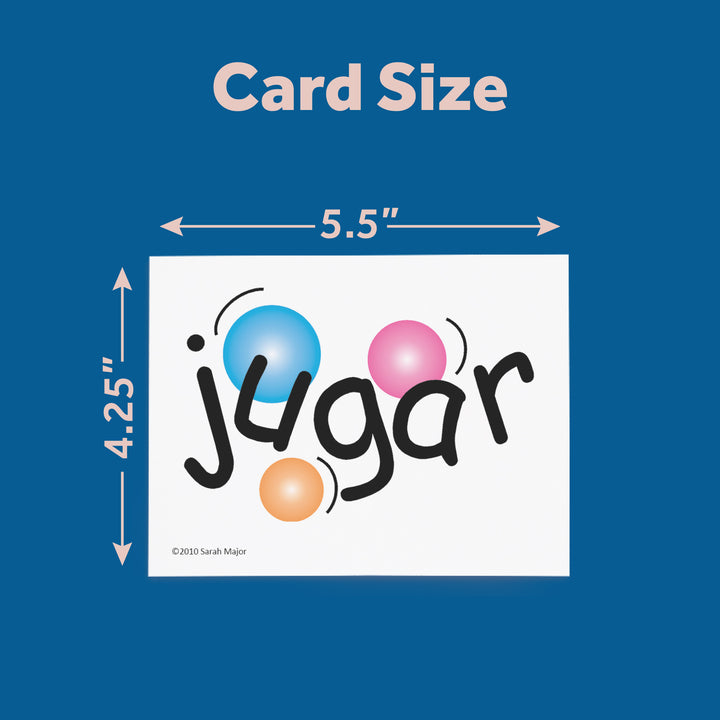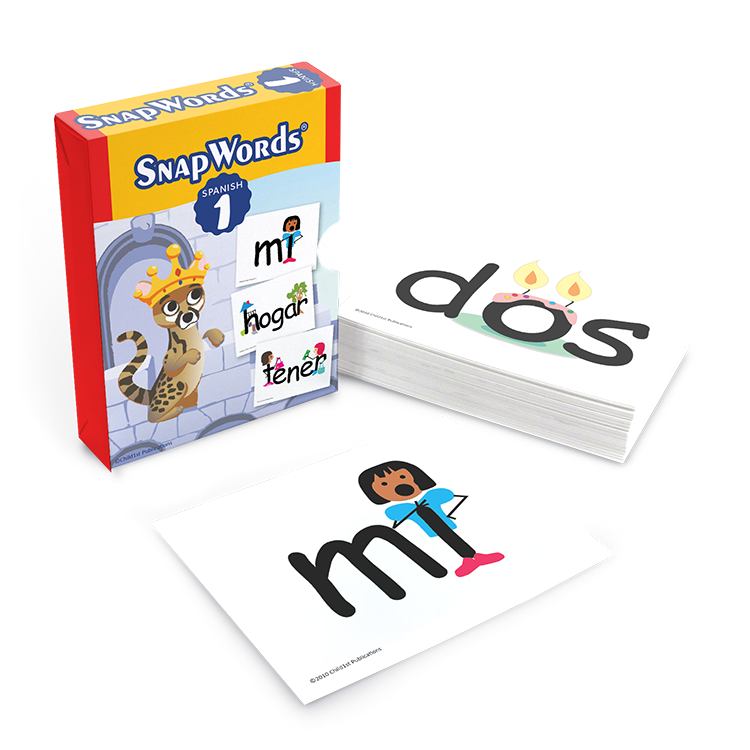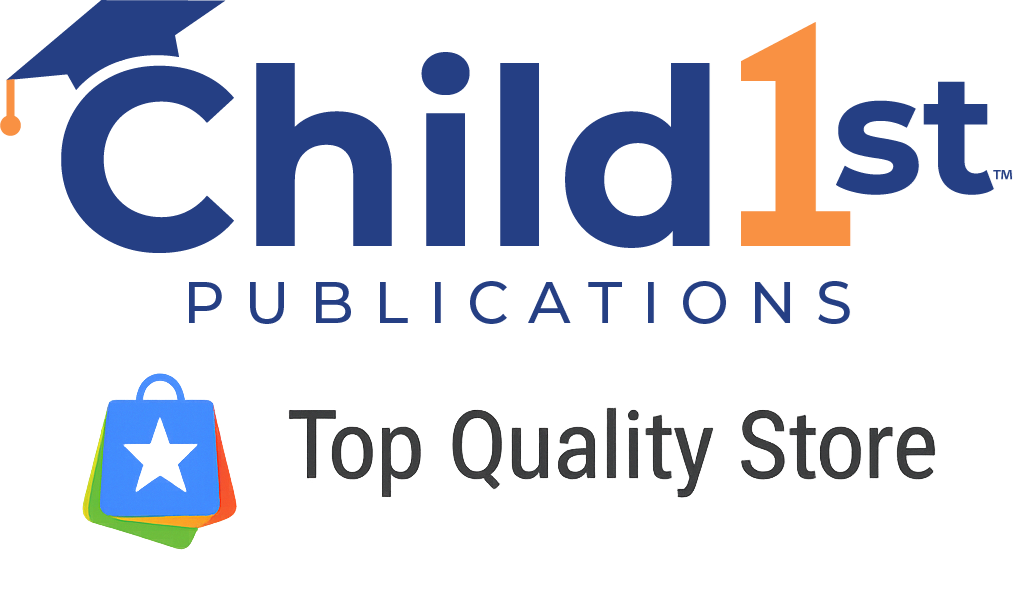Step into the enriching world of SnapWords® Spanish List 1, a bilingual resource expertly designed to support native English speakers embarking on their Spanish language journey or for bilingual classrooms. Research shows that early exposure to high-frequency sight words is crucial for developing reading fluency and comprehension (Ehri, 2005). SnapWords® Spanish List 1 features 62 essential words, including colors, numbers, common nouns, and basic conjunctions, each carefully chosen to support the foundational skills necessary for reading success. The visual design of these cards aligns with the principles of multisensory learning, which has been proven to enhance memory retention and accelerate language acquisition (Shams & Seitz, 2008).
What’s Included:
- Spanish List 1: 62 high-frequency words covering 11 colors, number words 1-10, common nouns, and basic conjunctions.
- Bonus Download: Access to engaging games from SnapWords® Mini-Lessons, designed to reinforce learning through play.



